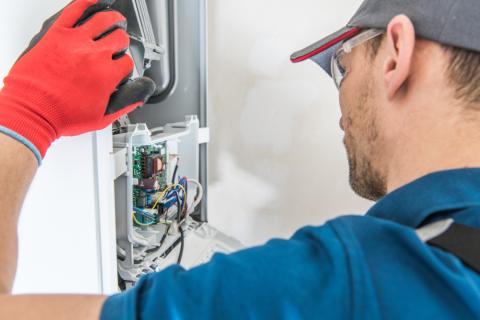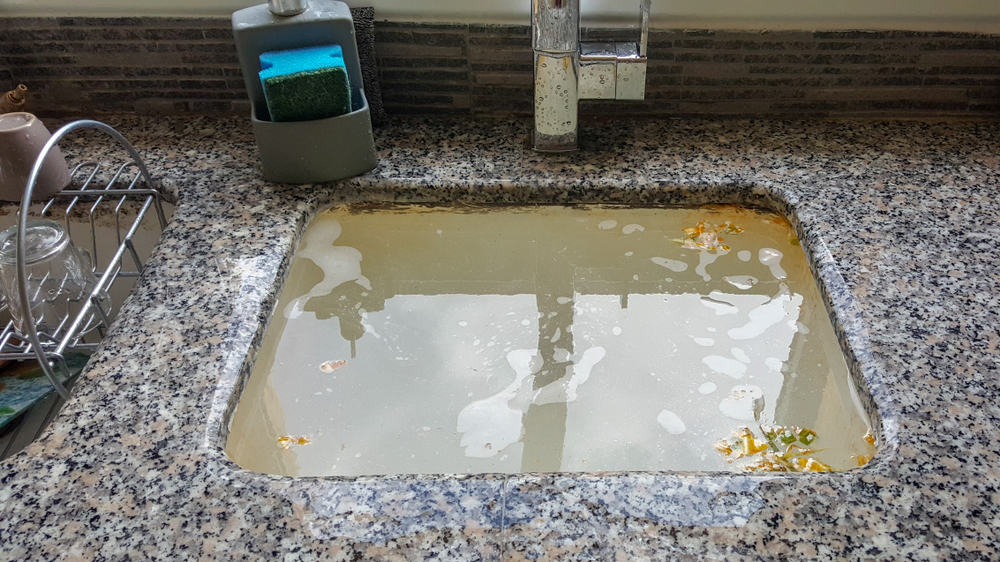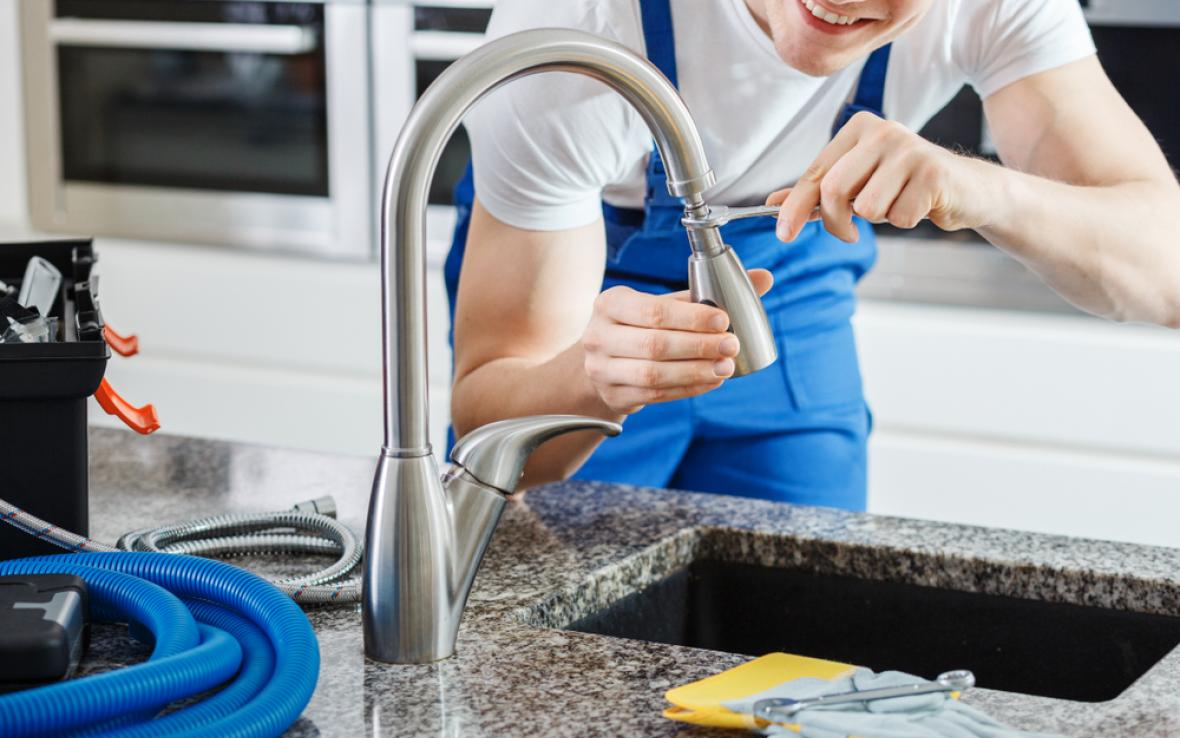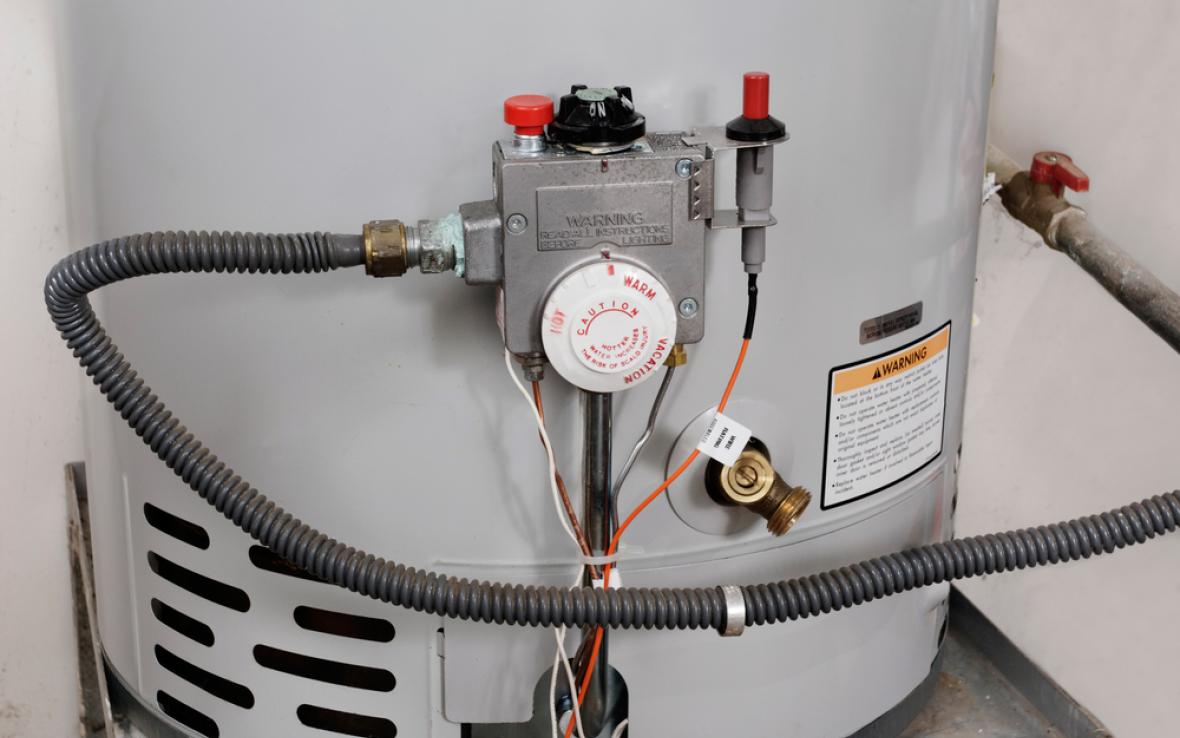
Owning a home is stressful. There are a variety of issues that may require an emergency plumber to fix. However, not every plumbing problem requires the skills of a trained plumber. To help you save money, we have created a plumbing 101 guide that contains a list of tips to help you fix ordinary plumbing issues.
Types of Plumbing Issues
Running Toilets
Many people seriously underestimate the amount of water their toilets use every day. In fact, toilets use more water, on average, than any other household appliance or device. Leaky or continually running toilets are a common home plumbing issue that should be fixed as soon as possible. To avoid the negative consequences of high water and utility bills, it's important to determine the source of your running toilet. A faulty flapper is often the culprit of a running toilet. Upon flushing, the flapper is what allows water to move from the tank to the bowl. This piece can deteriorate over time, creating a steady trickle of water and higher water bills.
How to Fix a Running Toilet
If you're looking to save money on a toilet issue, an excellent plumbing tip for families consists of replacing the malfunctioning flapper. The first step to fixing this issue includes removing water from the tank. This is done by closing the toilet’s water shutoff valve and then flushing to release the excess water from the tank. Next, identify the broken flapper connected to the toilet. This is a rubber or plastic piece with a chain attached to it. Unclip the chain from the flapper, and unhook the flapper from the pegs of the flush valve tube. The last step of this plumbing 101 solution involves connecting a new flapper to the toilet.
Depending on your toilet, you may not need the ring that comes attached to some flappers. If you don’t need the ring, you can remove it and connect the flapper to the pegs of the flush valve. If you do need it, you’ll simply use the ring to hook the flapper back into place. Attach the new flapper to the chain of the handle lever, which should have a little bit of slack when the handle is in the resting position. Finally, open the toilet’s water shutoff valve, and your job is done!

Clogged Drains
Clogged drains in your bathtub or sink are inevitable over time. Eventually, you will begin to notice slow drainge while you're washing dishes or taking a shower. This is generally due to a buildup of hair, grease, soap, or other substances in your drain pipes. Clogged drains are a common plumbing issue since people use their bathrooms and kitchens everyday. Luckily, a good majority of plumbing issues are able to be fixed with DIY plumbing 101 repair solutions.
How to Eliminate Blockages in a Drain
Create a Baking Soda & Vinegar Solution
For clogs that aren’t especially major, you can try pouring several cups of boiling water down the drain (remove the stopper first). Next, pour down 1 cup of baking soda and 1 cup of vinegar into the drain pipe. It will take this reactive solution a 30 minutes or less to eliminate the blockage in your pipes. Once the solution is pushed into the drain, place a wet rag over the drain to ensure the reaction is contained. Finally, pour several more cups of boiling water down the drain and plumbing system. This will cause the object in the drain of your kitchen or bathroom to disintegrate.
Use a Plunger to Remove Eliminate the Bloackage
If the baking soda and vinegar solution is not able to disassemble the object in your drain, we recommend using a plumber to restore the flow of water. Prior to beginning this plumbing tip, fthe sink or bathtub with a few inches of water to cover the plunger. Next, use the plunger to dislodge the food, hair, or materials from the drain. Once the plunger has created a firm seal with the drain, begin to plunge forcefully for thirty seconds or more. If your sink or bathtub has an overflow vent, you’ll want to secure it with a wet rag to create the seal necessary for the plunger to do its job. Utilizing a plunger is an easy and cheap way to eliminate a blockage in a drain.

Low Water Pressure
You’re rinsing the dishes and notice the water seems to be coming out at a lower rate of speed than usual. This can be really frustrating. Luckily, this issue can be easily fixed by performing a variety of intuitive plumbing 101 tips. The first step toward fixing the plumbing problem is identifying its severity.
How to Enhance Your Water Pressure
Check other plumbing fixtures around the house. If water pressure is low in each area, you should check both your water meter valve and your main shut-off valve. If the water meter or shut-off valve is not fully opened, adjust the valves to restore the flow of water to your sinks, fixtures, and appliances. If this plumbing 101 suggestion does not alleviate the plumbing problem, the pipes behind your walls and cailing may be corroded. This is an ordinary problem with older pipes that should be addressed by a licensed plumber or technician in your area.
If the low water pressure is limited to one sink or shower head, it’s possible that there’s buildup obstructing regular water flow. A tip to resolve this issue consists of sanitizing the plumbing fixture to enhance the flow of water. For example, soaking your shower head or sink aerator in vinegar can help remove any collected gunk that is negatively impacting the water pressure.
On the other hand, if you realize that your hot water is coming out more slowly than the cold water, the problem may be caused by a malfunctioning water heater. Are you unable to pinpoint the source of your low water pressure? Contact an emergency plumber in your area to receive tips or support with this problem.

Faulty Water Heater
A relaxing hot shower is a cherished is an excellent way to begin the day. If you are receiving lukewarm water in your shower, this may be due to an issue with your gas or electric water heater.
How to Improve Your Supply of Warm Water
First, make sure the pilot lighton your water heater is on. If the pilot light is not activated, an easy plumbing 101 solution involves adjusting the gas valve to the “Off.” position After a few minutes, switch the gas valve to the “Pilot” position and press the button or valve down. Once the pilot light indicator comes on, keep the button or valve pressed down for another minute or so. If that doesn’t solve the problem, the water heater issue might be a faulty dip tube (the piece that moves water to the bottom of the tank where it’s heated). This type of problem may cause cold water to leak into the supply of hot water.
If you have an electric water heater, a broken heating element may be the source of the cold water in your shower. In addition, an ordinary issue that may negatively impact the hot water in your home is sediment buildup in the tank of the water heater. If you have never flushed the interior of the water tank, sediment will grow in the tank.
If flushing out the tank doesn’t alleviate the problem, call a licensed plumber to do a thorough inspection of the water heater and see if a repair will suffice or if you’ll need to replace the whole unit. Water heaters tend to only last for a decade or so.
If the tips in this plumbing 101 guide do not fix your issue, give our team a call by phone at (630) 968-0783 to receive assistance. Our team of emergency plumbers offers plumbing services for malfunctioning water heaters, gas leaks, broken water lines, clogged drains, and basement floods. Stephens Plumbing can fix your plumbing issue with expertise and care.

